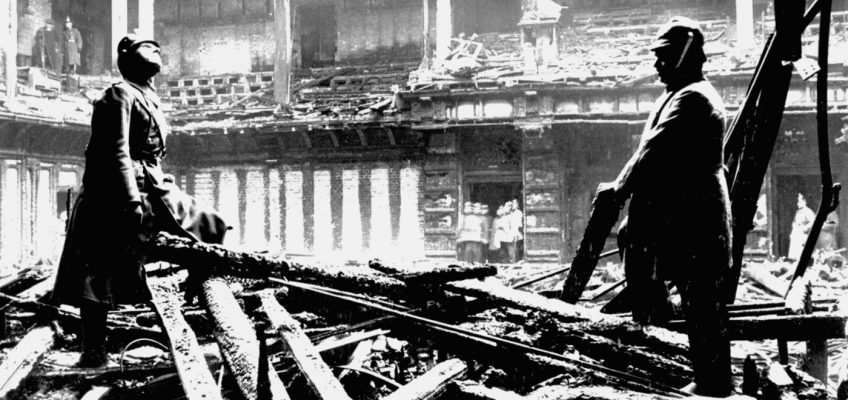What are the best play kitchens for kids?
Play kitchens are popular with all kinds of children as an excellent vehicle for pretend play, whether playing solo, with other kids or adults. Young cooks will love the chance to play at making their own recipes, but kids are creative and can make all kinds of games from a play kitchen.
With so many play kitchens on the market, picking the right one can seem baffling. It’s essential to choose one with all the features and accessories you want your child to have and look at some popular options to discover the best play kitchens.
What do play kitchens include?
What comes with your play kitchen varies depending on the model you choose. Focusing on the kitchen itself, some are more elaborate than others. The most extensive play kitchens may feature cabinets, an oven, a sink, a microwave, a washing machine, a recycling bin, a fridge and a dishwasher. More compact play kitchens will feature a smaller selection from this list. Then you get to accessories, such as pots, pans, utensils and play food. Some play kitchens include a wide range of accessories, while others expect you to buy accessories separately.
How much you can expect to spend on play kitchens
Play kitchens are a relatively significant investment compared to many other toys for young kids. The most elaborate play kitchens can cost as much as $250, but you can find compact options for less than $50. If you want a quality kitchen with a worktop, cabinets and range of appliances, expect to pay $100-$150.
Best play kitchens
KidKraft Ultimate Corner Wooden Play Kitchen
The corner design of this play kitchen gives kids more room to play while the unit tucks neatly into the corner of a room, not taking up too much space. The kitchen features a range of appliances, including an oven, cooktop, sink, fridge and washing machine. It’s made of a wood composite and is available in white or espresso finishes.
Melissa & Doug Wooden Chef’s Pretend Play Kitchen
This quality play kitchen features a fridge, cooker, sink and microwave. There’s some great attention to detail with this play kitchen, such as the ice dispenser that dispenses toy ice cubes and the oven dials that turn and click into place for different temperature settings. While it doesn’t come with any accessories, you can buy it bundled with various accessories.
Little Tikes Super Chef Kitchen
Made from plastic, this play kitchen is simple to assemble and wipes clean easily if kids make a mess. It features a cooker, sink, fridge, microwave and coffee maker, so there’s plenty of options for kids. The oven dials click into place, making electronic cooking sounds while kids are “cooking” food. The kitchen also comes with accessories, such as cups, plates, utensils and a frying pan.
Step2 Fun with Friends Kitchen
A reasonably large toy kitchen that’s perfect for two or three friends to play with together. This is another plastic offering, so it doesn’t look as realistic as wood composite kitchens, but it has some benefits, such as ease of cleaning and assembly. With a cooker, fridge, microwave, coffee maker and sink, plenty is going on. Plus, it comes with a 45-piece kitchen accessory set.
Teamson Kids Little Chef Chelsea Modern Play Kitchen
This contemporary-looking play kitchen is full of clean lines and is available in a range of pale finishes. It features a cooker, sink, fridge and dishwasher and has some great details, such as an ice dispenser and taps that turn. It doesn’t come with many accessories.
Best Choice Products Pretend Play Kitchen
If you’re looking for a stylish toy kitchen, this model fits the bill, with a faux tile backsplash and a chalkboard surface on the cabinet. It comes with some quality utensils and pans for kids to play with, plus fake ice cubes for the ice dispenser. The oven dials click into place, and the cabinets, fridge, oven and other appliances are nicely spacious inside.
Little Tikes First Oven
An excellent choice for parents on a budget or without the space for a larger play kitchen. This isn’t a full play kitchen but rather a play cooker with an oven and a cooktop. It makes realistic cooking sounds and comes with 11 accessories, including play food, a pan and a spatula.
Jumbl Kids Kitchen Set
With a tiled back wall, a chalkboard on the fridge-freezer, and plenty of shelves inside the appliances, a great deal of thought and attention to detail have gone into making this play kitchen both look great and be easy to use. Thanks to some battery-powered elements, it has a microwave that makes sounds when kids press the buttons, a realistic ice dispenser and oven dials that click when turned.
Step2 Lifestyle Custom Kitchen
A plastic play kitchen with a modern design that’s great for little kids. It features a sink, fridge with ice dispenser, cooker, cabinets and a cute little recycling bin. The included 20 piece accessory set is a nice touch and provides plenty for kids to play with, such as pans, bowls, plates, cups and utensils.
Prices listed reflect time and date of publication and are subject to change.
Check out our Daily Deals for the best products at the best prices and sign up here to receive the BestReviews weekly newsletter full of shopping inspo and sales.
BestReviews spends thousands of hours researching, analyzing and testing products to recommend the best picks for most consumers. BestReviews and its newspaper partners may earn a commission if you purchase a product through one of our links.




